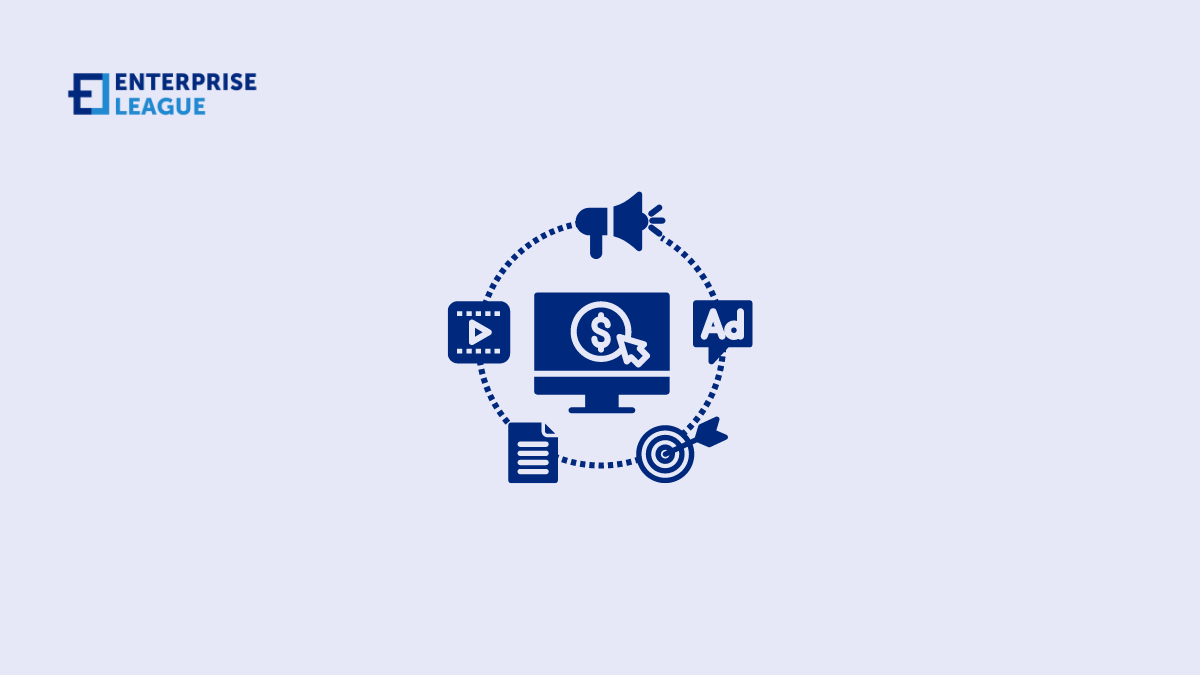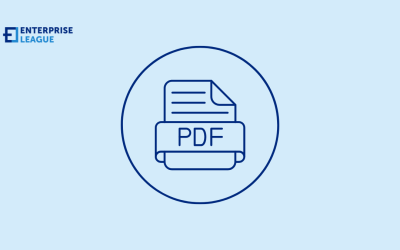As companies allocate considerable financial investments into their advertising efforts, ensuring that their messages effectively reach their intended audience becomes crucial. This is where the utilization of an advertising server becomes instrumental in delivering ads with precision and efficiency.
In this article, we will offer an in-depth overview of the concept of an advertising server and its functionality. With its ability to streamline reporting and tracking capabilities, among other essential features, investing in an effective ad server can potentially result in increased advertising success with reduced effort.
An overview and how it works
An advertising server is a software platform that main function is to manage and store digital ad formats, such as images, and videos across many channels, including websites, social media platforms, and mobile devices. Companies can upload their creations to the server and closely monitor their advertising campaigns, analyzes their performance, and make real-time optimizations based on valuable insights derived from user behavior and feedback.
Another crucial aspect of the server is its ability to target and deliver ads to specific audiences. By utilizing the capabilities of the server, companies can effectively define their target audience based on various criteria such as demographics, interests, location, and browsing behavior, thereby enabling them to more accurately reach their intended audience. Also, it tracks and monitors the performance of ads. The advertising server collects and performs analysis on data related to ad impressions, clicks, conversions, and other essential metrics, providing advertisers with invaluable insights into the performance and effectiveness of their advertising campaigns.
By employing a data-driven approach, companies can optimize their campaigns in real-time, making timely adjustments to enhance performance and achieve their advertising objectives, thanks to the insights provided by the advertising server.
Companies can leverage the functionality of the server to establish customizable rules, such as time of day, day of the week, or frequency capping, enabling them to set precise limits on the frequency of ad displays to users within specific timeframes. This helps companies control the frequency and timing of their ads, ensuring that their messaging is not overwhelming or repetitive for the audience.
Types of advertising servers
Various types of ad servers cater to different needs in the digital advertising landscape. Here are some of them.
Display Ad servers
These ad servers specialize in delivering and managing display ads, which are visual advertisements that appear on websites, social media platforms, and other digital properties.
Video Ad servers
Video ad servers are specifically designed for managing video ads that are served on websites, social media platforms, and streaming services. They often provide advanced features such as video ad tracking, targeting, and optimization.
Mobile Ad servers
With the increasing prevalence of mobile devices, the utilization of mobile ad servers has become a key part of effectively managing advertisements that are displayed on mobile apps and mobile websites. These ad servers typically offer features such as mobile ad targeting, device-specific tracking, and app store optimization.
Native Ad servers
Native ad servers specialize in managing native ads, which are ads that blend in with the natural content of a website or app. They typically provide tools for creating and optimizing native ad formats, as well as tracking their performance.
Programmatic Ad servers
Ad verification and fraud detection servers
These ad servers provide tools and technologies to verify the quality and legitimacy of digital ads, detect and prevent ad fraud, and ensure brand safety.
Ad server networks
Ad server networks are third-party platforms that connect advertisers with publishers and enable the management and delivery of ads across multiple websites or apps in their network.
The benefits of using an advertising server for businesses
Efficient Ad management
Advertising servers provide a centralized platform for businesses to manage their digital ad campaigns. This allows for streamlined ad creation, scheduling, targeting, and optimization, resulting in improved efficiency and time savings.
Precise Ad targeting
These servers enable businesses to target their ads to specific audiences based on factors such as demographics, location, interests, and behavior. This helps businesses to reach the right audience with the right message, leading to improved ad relevance and effectiveness.
Real-time Ad optimization
They offer real-time data and analytics that allow businesses to monitor the performance of their ad campaigns and make data-driven optimizations on the go. This helps in maximizing the impact of ads and achieving better results.
Enhanced Ad tracking and reporting
Ad servers provide comprehensive tracking and reporting capabilities that enable businesses to measure the success of their ad campaigns. This helps in understanding ad performance, identifying areas for improvement, and making informed decisions for future campaigns.
Improved Ad delivery and user experience
They ensure efficient ad delivery across various channels, ensuring that ads are served quickly and reliably to users. This helps in enhancing the overall user experience and increasing the chances of ad engagement and conversion.
Ad fraud detection and brand safety
Flexibility and scalability
These servers have exceptional scalability, capable of accommodating a substantial volume of ads, making them well-suited for businesses of all scales. Moreover, they provide flexibility in terms of ad formats, channels, and targeting options, enabling businesses to tailor their ad campaigns to align with their requirements.
How to set up and use an advertising server
Setting up and utilizing an advertising server involves several key steps. Here’s a concise overview.
Choose a reliable service provider. Research and select a reputable advertising server service provider that aligns with your advertising goals and requirements. Consider factors such as their track record, features, pricing, and customer support.
Set up an account. It is essential to adhere to the onboarding process of the advertising server service provider and furnish the required information, including your website URL, payment details, and contact information.
Create Ad zones. Define specific areas on your website where you want to display ads, known as ad zones. These can be banner spaces, sidebar areas, or other designated sections. Set up the ad zones in your advertising server account, specifying their size, format, and placement on your website.
Upload Ad creatives. Create or obtain ad creatives, such as images, videos, or interactive media, that align with the ad zones you have set up. Upload these ad creatives to your advertising server account, ensuring they meet the specified requirements and guidelines of the service provider.
Set up targeting options. Configure targeting options in your advertising server account to ensure that ads are displayed to the right audience. This may include targeting based on geographic location, user demographics, browsing behavior, or other criteria, depending on the capabilities of the advertising server service provider.
Monitor and optimize performance. Regularly monitor the performance of your ads through the analytics provided by the advertising server. Analyze data such as impressions, clicks, conversions, and revenue to assess the effectiveness of your campaigns. Use these insights to optimize your campaigns, such as adjusting targeting options, ad creatives, or ad placements, to improve results.
Adhere to advertising policies. Ensure that your ads comply with the advertising policies and guidelines of the advertising server service provider, as well as relevant industry regulations and standards. This includes avoiding fraudulent or deceptive practices, respecting user privacy, and adhering to copyright and intellectual property rights.
By following these steps, you can effectively set up and utilize an advertising server to monetize your website and deliver targeted ads to your audience. Always remember to choose a reliable service provider, create compelling ad creatives, target the right audience, and regularly monitor and optimize your campaigns for maximum effectiveness.
Conclusion
An advertising server is a versatile tool that can offer businesses a competitive edge in the dynamic digital economy. It allows companies to manage, monitor, and optimize their advertising campaigns more successfully, helping them reach their desired audiences faster. With the right setup and use of an advertising server, businesses can take advantage of the numerous benefits it provides.
As technology evolves rapidly and the advertising world continues to change, having a robust marketing strategy becomes increasingly critical for businesses. It’s an exciting time for businesses when they invest in this technology; it could be just what they need to increase their online visibility and drive more business their way.
More must-read stories from Enterprise League:
- Things to consider before deciding on a business location.
- Foretelling: transform your business by predicting future trends.
- Find out how to get more customers for your business in a unquie way.
- The relevance of print marketing and how to make it work for your business.
- Unique ways to show your employees you care about them.
Related Articles
How direct lenders simplify mortgage processes for homebuyers
Eliminating the requirement for intermediaries, direct lenders are changing housing market by offering effective practices that simplify mortgage acquisition.
PDFs and the debate between tradition and innovation
Curious about the future of PDF? Learn about its integration with new technologies and explore some practical PDF tips to leverage all the power of this format!
The 10 Ds of entrepreneurship: Why are they important?
Are you familiar with the 10 Ds of entrepreneurship? Let’s see if you possess some or all of them that will launch you for success.
How direct lenders simplify mortgage processes for homebuyers
Eliminating the requirement for intermediaries, direct lenders are changing housing market by offering effective practices that simplify mortgage acquisition.
PDFs and the debate between tradition and innovation
Curious about the future of PDF? Learn about its integration with new technologies and explore some practical PDF tips to leverage all the power of this format!






